skip to main |
skip to sidebar
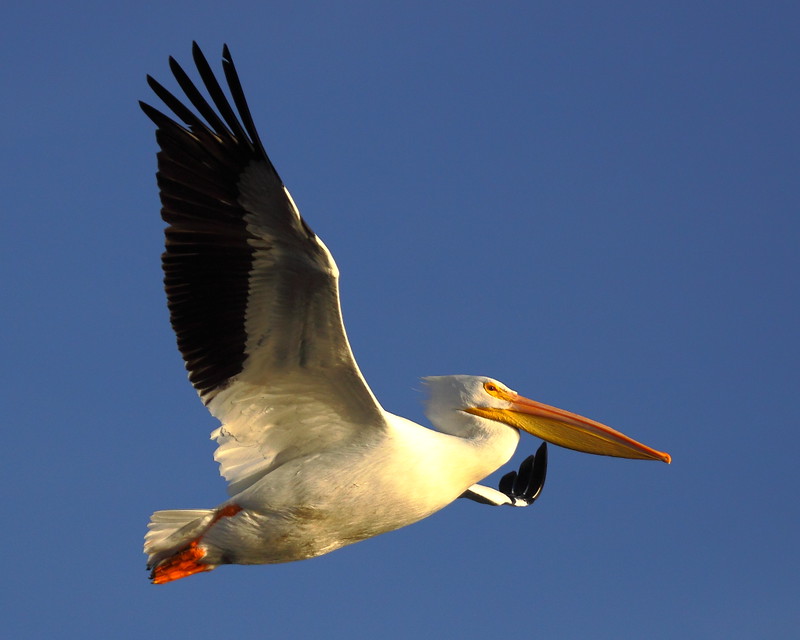 Figure 1. American White Pelican, Don Edwards San Francisco Bay National Wildlife Refuge.
I still remember my first time seeing this bird in Grand Teton National Park. They were riding the thermals and flying higher and higher and gone. I also saw them in Oxbow Bend Turnout and Heron Pond in this park. The distance is far and I was not able to take a closer look.
Figure 1. American White Pelican, Don Edwards San Francisco Bay National Wildlife Refuge.
I still remember my first time seeing this bird in Grand Teton National Park. They were riding the thermals and flying higher and higher and gone. I also saw them in Oxbow Bend Turnout and Heron Pond in this park. The distance is far and I was not able to take a closer look.
Fortunately, I found they were quite abundant in Bay Area when I lived there. Don Edwards San Francisco Bay National Wildlife Refuge in Alviso is one great place to see them in closer distance. I was so glad to see a lot of them there and that's why I went to this refuge so often. They are usually in a flock and do things together. Although they are kind of habituated to human, they still try to keep a distance even in the air. Most of the time you can get a picture of couple pelicans flying and floating. I've been here a lot and I've got some good opportunities with good lighting to take a good solo close-up of it.
I've left Bay Area and lived in San Diego now. I know I can find them in Sonny Bono Salton Sea National Sea National Wildlife Refuge, especially in winter. It is not a 10-minute drive like before, but I am sure to go there and find them.
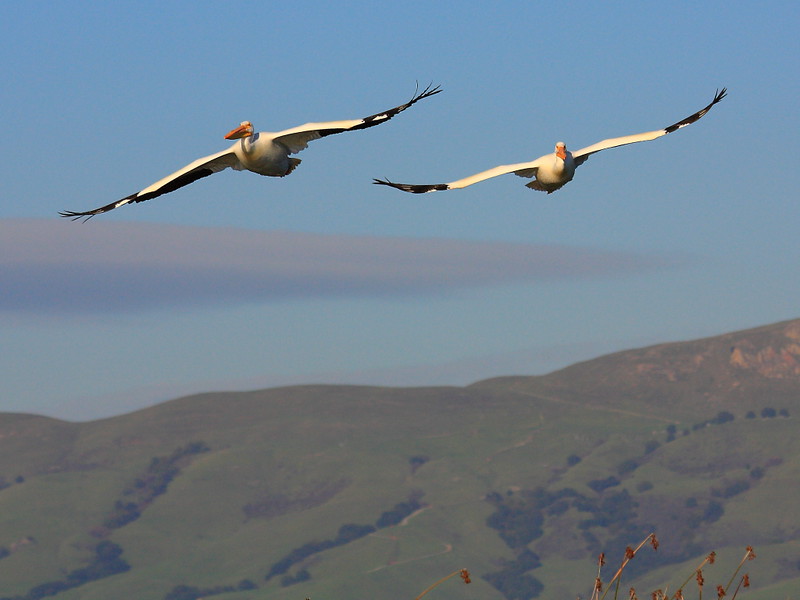 Figure 2. American White Pelican Incoming.
Figure 2. American White Pelican Incoming.
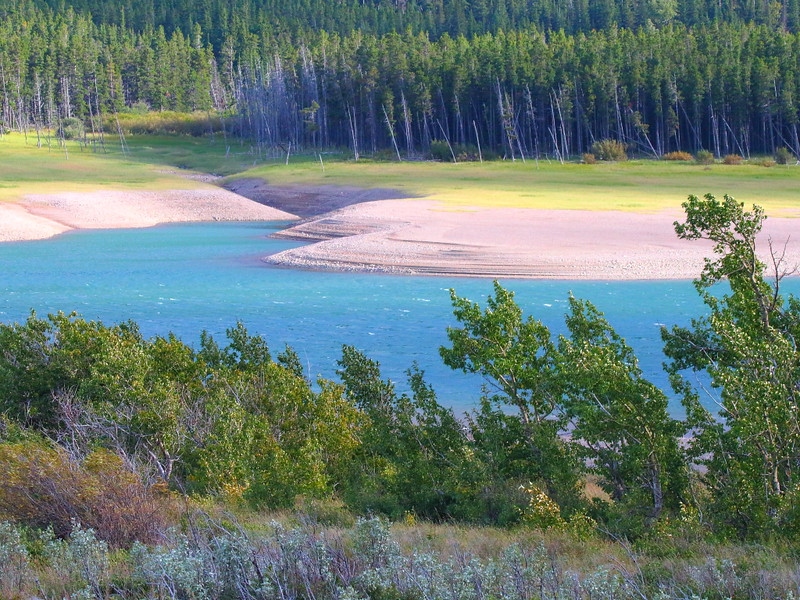 Figure 1. Lake Sherburne, Glacier National Park.
Lake Sherburne is right at the entrance of the Many Glacier in Glacier National Park. A dam was built right outside the park, but its reservoir extends into the park and forms Lake Sherburne.
Figure 1. Lake Sherburne, Glacier National Park.
Lake Sherburne is right at the entrance of the Many Glacier in Glacier National Park. A dam was built right outside the park, but its reservoir extends into the park and forms Lake Sherburne.
I've passed this lake many times. Most of the time, the lake looks deep blue. On a stormy and partly sunny day in 2013, the sun peeked through the clouds every now and then. The color of the lake becomes toward turquoise, which is caused by glacial flours. I found it quite delightful because this is the first time I saw this lake in this brilliant color. So I stopped on the shoulder of the road and tried to get some shots.
To make the best of the turquoise color, I exclude the sky so that it stands out. As the sun light found the way out of the hole in the clouds, it created the mosaic of shadows. Because the lighting was quite random, I took many shots on the scene and left the selection later.
While I like this shot a lot, I still wonder what it would look like when the leaves of these aspen trees turn golden? Wish I have the chance to see it that way.
 Figure 1. Gaylor Lakes Basin, Yosemite National Park.
The high country of Yosemite offers a quite different taste from the famous Yosemite Valley. The importance was recognized by John Muir to be the watershed of Yosemite Valley. If it is ruined, so is Yosemite Valley.
Figure 1. Gaylor Lakes Basin, Yosemite National Park.
The high country of Yosemite offers a quite different taste from the famous Yosemite Valley. The importance was recognized by John Muir to be the watershed of Yosemite Valley. If it is ruined, so is Yosemite Valley.
Although visitors can drive on the Tioga Road to reach the high country, most parts are left to be visited by hiking or backpacking. This is the vision of John Muir as Yosemite Valley has been crowned. The high country should not be developed like Yosemite Valley so that people have chance to explore and enjoy the solitude.
One of the favorite place to explore is the Gaylor Lakes. I've hiked this trail for more than 5 times in spring, summer and fall combined. This trail is moderate and offers good views of peaks and lakes. Although you won't be alone here, the vast space makes you oblivious to other hikers around. I was quite impressed when I was here first time. The distant Cathedral Range with the open foreground and couple lodgepole pines gives the sort of lonely planet feelings. In this shot, the CPL darkens the sky and makes it more aesthetic.
 Figure 1. Autumn at Oxbow Bend, Grand Teton National Park.
I made a short trip to see the fall color of Grand Teton National Park last week. Last time I visited here in fall was 2010.
Figure 1. Autumn at Oxbow Bend, Grand Teton National Park.
I made a short trip to see the fall color of Grand Teton National Park last week. Last time I visited here in fall was 2010.
The golden leaves of Aspen and cottonwood trees peak in late September. For many people, this is the prime time of Grand Teton National Park. Of many places, Oxbow Bend Turnout is a hot spot to see the fall color. The combination of aspen trees and Teton Range makes visitors come and go all day long. It is also a good spot to sight wildlife, including moose, trumpeter swan, white pelican, osprey and waterfowl. You may even hear bull elk bugling in a distance.
If it rains, or wind blows hard, the fall color may fade as golden leaves drop. I was lucky to get two sunny days for some good pictures before the weather turns rainy.
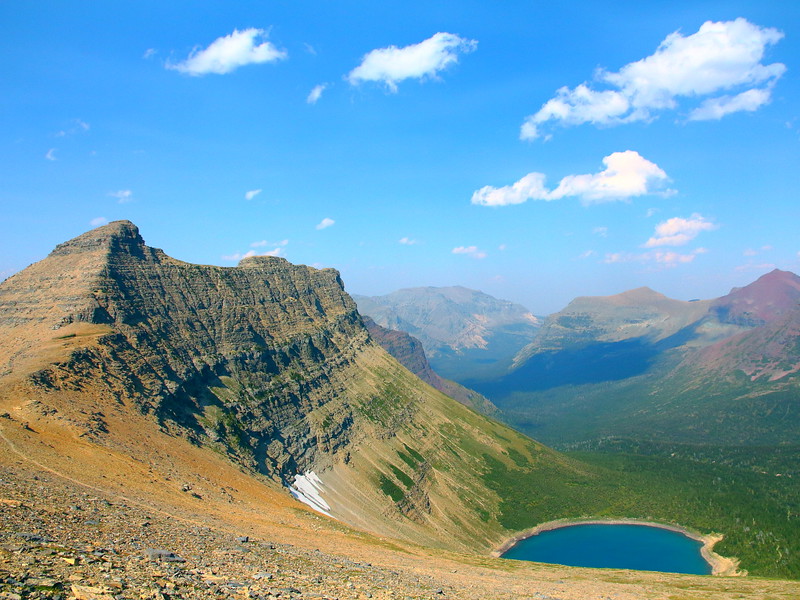 Figure 1. Lake of the Seven Winds, Glacier National Park, MT.
Hikers like to say the best scenery is off the road. This is not totally true, but it is in Glacier National Park. Although the Going-to-the-Sun Road offers spectacular views at many stops, the trails leading into backcountry are just even better.
Figure 1. Lake of the Seven Winds, Glacier National Park, MT.
Hikers like to say the best scenery is off the road. This is not totally true, but it is in Glacier National Park. Although the Going-to-the-Sun Road offers spectacular views at many stops, the trails leading into backcountry are just even better.
While Two Medicine area is usually not the first choice in this park today, it still provides great opportunities to enjoy and views carved by glaciers. The Dawson-Pitamakan loop trail is considered one of the Top Ten trails in this park. The whole loop totals around 17 miles and it is usually finished by backpacking with stop at Oldman Lake or No Name Lake. For strong hikers, it is possible to finish it in one day, like me in 2013.
The best part of this loop trail is from Dawson Pass to Pitamakan Pass with roughly 2,500 feet elevation gain. The other part of the trail offers good opportunity for wildlife such as moose, beaver, bear and bighorn sheep. My favorite is the section around Pitamakan Pass where I can see Oldman LAke, Pitamakan Lake and Lake of the Seven Winds. Lake of the Seven Winds is a classic glacial cirque lake. The cirque wall is so high and the color of the lake is brilliant. If you want to know why people hike, this is an excellent answer.
Just like other high elevation trails in this park, this trail might not be attempted in early summer because of the snow hazard. Winds may pose another risk, especially for the 3 mile narrow section of the trail after Dawson Pass if you hike clockwise.
 Figure 1. Desert Bighorn Sheep, Zion National Park, UT.
Speaking of bighorn sheep, Zion National Park is not the first thought by most people. Places such as Yellowstone, Glacier or Canadian Rockies are probably where people think of. As a matter of fact, Zion is a very good place to sight desert bighorn sheep. They look similar to Rocky Mountain bighorn sheep, though they are usually more slim for better adaptation to desert environment.
Figure 1. Desert Bighorn Sheep, Zion National Park, UT.
Speaking of bighorn sheep, Zion National Park is not the first thought by most people. Places such as Yellowstone, Glacier or Canadian Rockies are probably where people think of. As a matter of fact, Zion is a very good place to sight desert bighorn sheep. They look similar to Rocky Mountain bighorn sheep, though they are usually more slim for better adaptation to desert environment.
Zion-Mount Carmel Highway is the place to see bighorn sheep in Zion. To be exact, you should check the road between Zion Tunnel and Checkerboard Mesa. This section of the road is scenic and short. This also makes it very efficient to search for bighorn sheep. Although experience shows these sheep are easier to sight in winter, I have sighted them many times in summer, too.
One thing good about taking photo of these majestic animals is their blending in with the Navajo sandstone. This makes it distinguished from photos of Rocky Mountain bighorn sheep. There are not many places to see bighorn sheep with red rock as background or foreground. In addition, the wave pattern of the slickrock makes it almost certain that this photo was taken in Zion. While people tend to take close-up for wildlife, wildlife photos with special background is also attractive.
There is a plan to transplant these sheep to other places from Zion in 2014 because they are too abundant. Maybe it is the best time to see them now. If you have any plan visiting Zion in 2014, spending some time looking for these sheep would be a good idea.
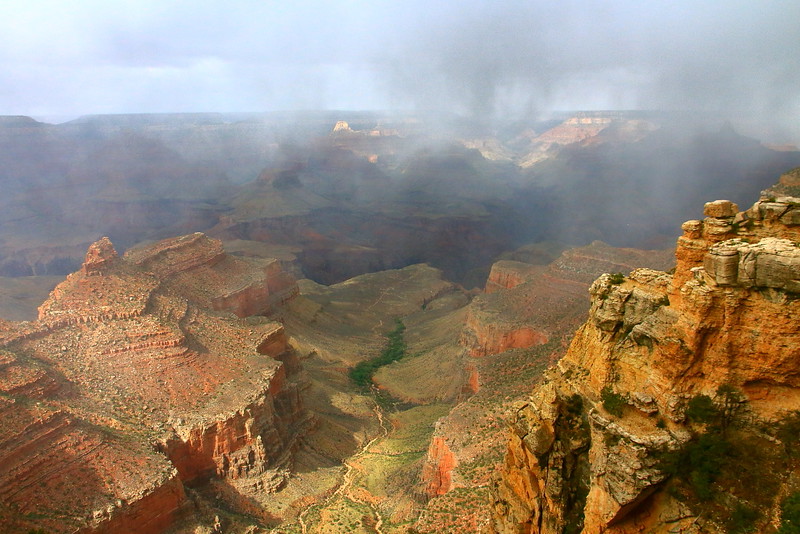 Figure 1. Storm Coming, Grand Canyon National Park, AZ.
I made a trip with a friend to Grand Canyon in late April, 2014. This is a relatively quieter time on South Rim. The weather varies a lot, depending on your luck. It can be as warm as high 60s, or as low as low 30s or high 20s like this time.
Figure 1. Storm Coming, Grand Canyon National Park, AZ.
I made a trip with a friend to Grand Canyon in late April, 2014. This is a relatively quieter time on South Rim. The weather varies a lot, depending on your luck. It can be as warm as high 60s, or as low as low 30s or high 20s like this time.
People say it is not a problem to get a good shot in Grand Canyon. The problem is how good it is. This is about right. There are so called "from A to Z Points" on South Rim. While some may argue the places overlooking Colorado River are the best, it is about all good for rock layers and panorama. In my opinion, the difficulty is to get something different, not something good.
Typically, I like sunny rather than cloudy weather. But the transition, storming forming or storm breaking, is probably the best. This can be two sides of a coin. On one side, you may get very bad shots. For experienced photographers, this is a great moment. The key is to wait and concentrate. When the storming is forming, or breaking, lighting is changing all the time. At certain moment, it can be quite dramatic. This moment may be just second short. You would need to click (with bursts) when it comes. Ideally, you should get couple good shots from many.
I got Figure 1 just from couple shots as I was kind of late to be on the scene. This is the place from the outside of El Tovar. When I was there, the storm is about completely closing the canyon. Luckily, I still got this shot.
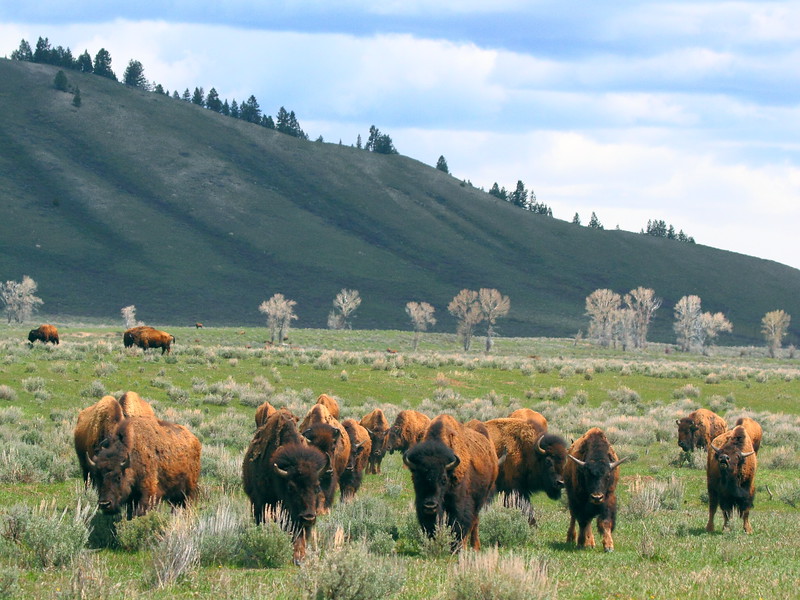 Figure 1. Bison, Grand Teton National Park, WY.
While wildlife watchers complain not seeing certain wildlife, you won't hear them complain not seeing bison. Indeed, bison are one of the easiest seen wildlife in national parks. Among these parks, Yellowstone is the best place to see them. It is hard to believe some one spends couple days there and doesn't see a bison. Most of the time, they complain seeing too many and these animals cause traffic jams. Ironically, it is quite difficult to get a good bison shot. though they can be seen easily.
Figure 1. Bison, Grand Teton National Park, WY.
While wildlife watchers complain not seeing certain wildlife, you won't hear them complain not seeing bison. Indeed, bison are one of the easiest seen wildlife in national parks. Among these parks, Yellowstone is the best place to see them. It is hard to believe some one spends couple days there and doesn't see a bison. Most of the time, they complain seeing too many and these animals cause traffic jams. Ironically, it is quite difficult to get a good bison shot. though they can be seen easily.
During g a trip in May, I spent some days in Grand Teton and Yellowstone. One day I drove along Gros Ventre River in Grand Teton and met a heard of bison. There were roughly 400 bison heading west, and some are close to the road. I decided to give it a try and see if I can get some good shots. I like the shot in Figure 1. It is not a close-up, but a environmental wildlife shot. On the whole, the composition and tone are good. It could be more attractive if the size is larger. Typically, I like blue sky and trees with green leaves. Somehow the gray sky and leafless trees work fine. The bison in the foreground, trees in the middle and ridge in the background give the sense of the depth of space. Although I saw most bison in Yellowstone, this shot in Grand Teton is my favorite.
Sometimes it's hard to tell what was really happening in the photo. On the scene, you have many directions to aim as bison are everywhere. Since they are moving, the opportunity doesn't last long and you need to be fast. It takes some time and judgment to get the right shot. Fortunately I got this one among many shots.
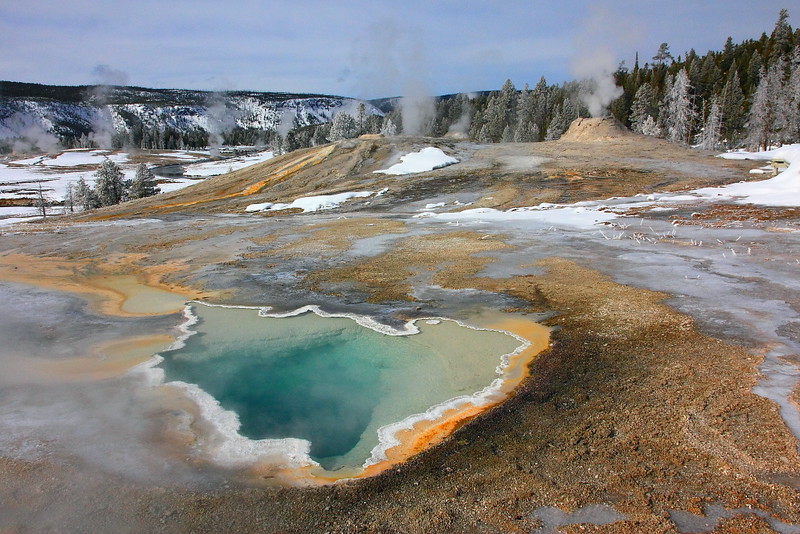 Figure 1. Heart Spring, Yellowstone National Park, WY.
Heart Spring is one of the thermal features in Yellowstone National Park, Upper Geyser Basin to be exact. An east walk from the visitor center or Old Faithful Inn leads to this hot spring.
Figure 1. Heart Spring, Yellowstone National Park, WY.
Heart Spring is one of the thermal features in Yellowstone National Park, Upper Geyser Basin to be exact. An east walk from the visitor center or Old Faithful Inn leads to this hot spring.
I took this shot in February, 2013. While it snows a lot in winter, it can't stay long near the thermal features in general. While it is not a white blanket, it may create the mosaic pattern and makes the scene interesting, too. The forecast said it sunny on that morning. The clouds, however, started to build up in mid morning. It is not the brightly sunny sky I expected for better taking some shots with high contrast. When the weather does not follow my plan, the best way is to make the best of it. So I still keep shooting and hope one of these shots work.
I have stopped by and shot Heart Spring many times. This shot with dull lighting makes it attractive. This is usually not the kind I particularly interested. Though the contrast is not high, it seems to stay at a delicate balance. It looks like a painting to me.
I'll say this is my favorite among all the Heart Spring shots I have taken.
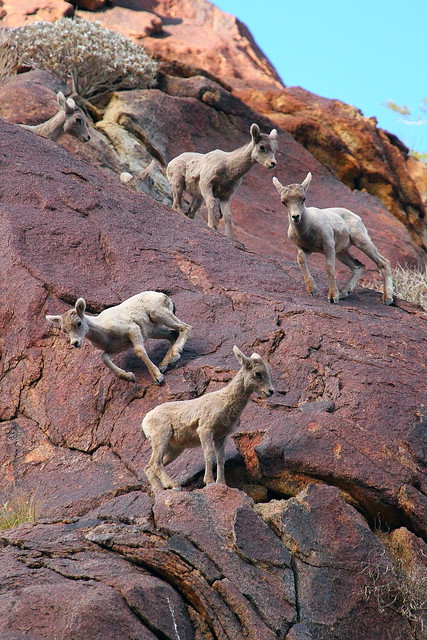 Figure 1. Peninsular Desert Bighorn Sheep Lambs, Anza-Borrego Desert State Park, CA.
Although I have seen bighorn sheep a lot, I didn't see lambs that much. Even I did see lambs, they are some months after birth.
Figure 1. Peninsular Desert Bighorn Sheep Lambs, Anza-Borrego Desert State Park, CA.
Although I have seen bighorn sheep a lot, I didn't see lambs that much. Even I did see lambs, they are some months after birth.
On the first day of daylight saving time in 2014, I decided to go to Anza-Borrego Desert State Park and hoped to see them. In fact, I've been there one week before and saw some sheep. But I didn't see lambs as some hikers said there were two or three. I was there a little too late and these sheep were on their way up the cliff. It only lasted for couple minutes.
It is hard to determine which is the best time. For me, Sunday afternoon in March 2014 is my lucky time, up to about 90%. Sometimes you need to be superstitious to see wildlife. I hiked the Borrego Palm Canyon as usual. Because it is daylight saving time, I started to hike from about 2:00pm. I tended to hike slowly and stopped now and then to watch the cliff and hear if there is any rock falling. When I arrived the oasis, it was about 3:30pm. The lighting was good when I hiked back. So I spent some time for landscape. Then I heard some sound below the trail. I stopped and tried to check. It is a herd of bighorn sheep. There were seven or eight adult and six lambs. The adults apparently are quite familiar with hikers and they just came close to the creek for a drink.
The lambs ran away upon seeing me. Fortunately they were not going too far. They went up the cliff by instinct. So I had some adults very close to me and some lambs on the cliff. Since I already have many adult shots, I aimed my lens toward lambs even these adults were so close to me for close-up shots.
These lambs were less than one month old. They are by far the youngest lambs I've ever seen. When you saw them bouncing up and down the cliff, you would admire their capability. Typically, one lamb did it first and others followed. This seems to be one way they establish their dominance. It's so fun to see them climb very steep cliff face down one by one. There were about twenty hikers seeing these sheep, until they went far and up the cliff.
It is good to see good pictures of these animals, but it is still far from the excitement of seeing them right before you. This is one of the best bighorn sheep sighting experience and to see is to appreciate.
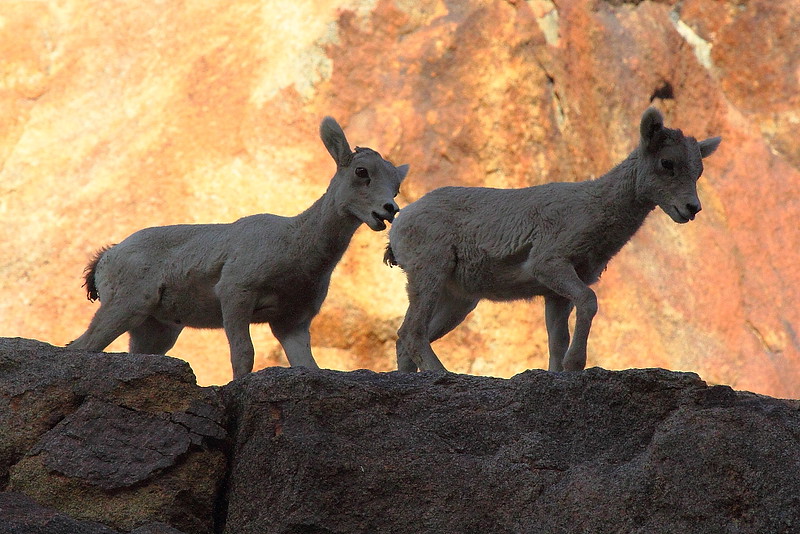 Figure 2. Peninsular Desert Bighorn Sheep Lambs, Anza-Borrego Desert State Park, CA.
Figure 2. Peninsular Desert Bighorn Sheep Lambs, Anza-Borrego Desert State Park, CA.
 Figure 1. Forest in Yosemite Valley, CA.
While most people visit Yosemite in spring and summer, winter provides another spectacle in Yosemite Valley. The snow covered scenery looks as though this is another Yosemite National Park.
Figure 1. Forest in Yosemite Valley, CA.
While most people visit Yosemite in spring and summer, winter provides another spectacle in Yosemite Valley. The snow covered scenery looks as though this is another Yosemite National Park.
Unfortunately, not every winter in Yosemite, especially Yosemite Valley, lives up to expectation. The snow line is about 4,000 feet, where Yosemite Valley sits. The snow accumulation can be quite irregular in the valley, though they are regular in the high country. So in some years Yosemite Valley in winter looks great, but in others it doesn't. Even in a good year with snow, the scenery looks best before it starts to melt. Typically, I like to go on a sunny day after a snow storm. This means I have to check the weather forecast regularly. In addition, Yosemite website provides live cam and you can have a look and see if it is good enough. Basically, it is a planned trip for photography.
When the condition is right, every photo just seems to work. I started to shift my attention to smaller scenes in recent years such as these two photos taken during 2012-2013 winter. I tried to get something more during 2013-2014 winter. It is certainly a dry winter and it doesn't look as good as last year. Hopefully it can snow more next winter.
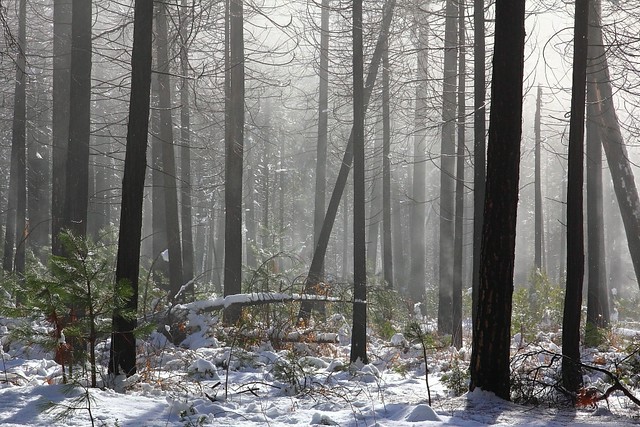 Figure 2. Forest from Northside Drive.
Figure 2. Forest from Northside Drive.
 Figure 1. Ghost Trees at Winter Sunset, Yellowstone National Park, WY.
On a wildlife safari tour from Old Faithful, I took this shot when the snowcoach passed Fountain Paint Pot.
Figure 1. Ghost Trees at Winter Sunset, Yellowstone National Park, WY.
On a wildlife safari tour from Old Faithful, I took this shot when the snowcoach passed Fountain Paint Pot.
Ghost trees are a feature in Yellowstone's winter. When snow falls on a tree, the thermal steam makes it stick and look weird, or interesting. These trees are not the best ghost trees I've ever seen or taken. But the winter sunset makes this shot work pretty well.
What makes this shot even more interesting, at least to me, is that it was taken when the snowcoach is at about 30 mph and I took it behind the window glass. When you are taking a landscape photo, you are mostly stationary. Then try to adjust the zoom range and get a better composition. Does any one ever try to get a shot from the side window of a moving car? Some people may have done that from the front, but rarely did that from the side. In a situation like this, it is just like you are standing and shooting a flying bird. And the key to get a good shot of it is fast shutter speed. So this is not a aperture priority situation like most landscape photography, but more like wildlife photography. You can either use larger aperture or high ISO for a situation like this. The shutter speed for this photo is 1/640.
Another reason to get this successful shot is the preparation. I am quite familiar with this park as I've been here many times. When I saw the sun like that, I knew I may be able to get some good shots even on a moving and bumpy snowcoach. When the snowcoach approached Fountain Paint Pot, I was well prepared and took continuous 3 shots. This shot works best after some cropping.
This is one of my favorite stories behind the picture. No one would know this shot is taken from a moving snowcoach if I don't reveal it. People tend to think they have better not move to get a good landscape shot, which is not entirely right. Perhaps the best lessen from this shot is that you can use the way to shoot wildlife for landscape.














